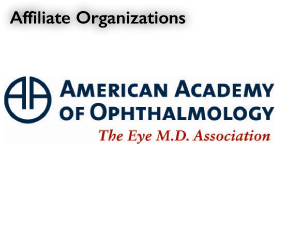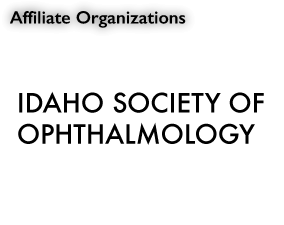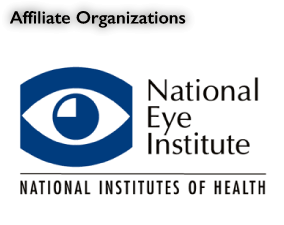Our Services
Welcome to Retina Specialists of Idaho, PLLC. Here we specialize in the medical and surgical management of sight-threatening ocular conditions that affect the retina, vitreous, and macula. We offer exceptional care in a soothing environment.
Our advanced technology ensures complete diagnosis and treatment for every patient. Spectral OCT, fluorescein angiography, anterior/posterior segment ultrasonography, multi-modality laser, pneumatic retinopexy and use of multiple injectable medications are some of the modalities we offer to assist in the diagnosis and treatment of ocular conditions.
Among those conditions we treat are macular degeneration, diabetic retinopathy, retinal detachment, uveitis, inherited retinal disease, macular puckers and holes, retinal vein occlusions and ocular trauma. Dr. Roberts and Dr. Earl have had extensive training in dealing with these conditions and are anxious to assist in your vision rehabilitation.
Part of our exceptional care is taking the time to offer a complete explanation of your condition and treatment options. We want to ensure that your questions are answered and that you feel comfortable with the proposed treatment. We are dedicated to providing you and your family with excellent care and unprecedented availability. Please let us know how we can be of assistance to you.
Retina Conditions
There are a large number of disease entities and ocular conditions that can cause vision loss. Having as much information as possible about your condition is helpful when trying to make treatment decisions and planning for the future.





